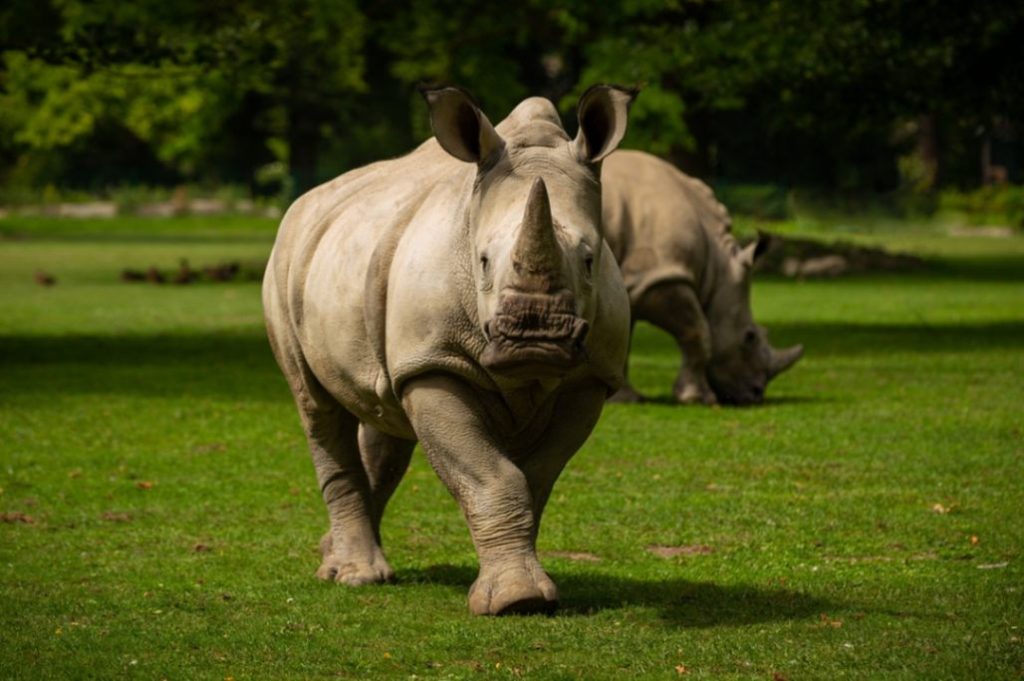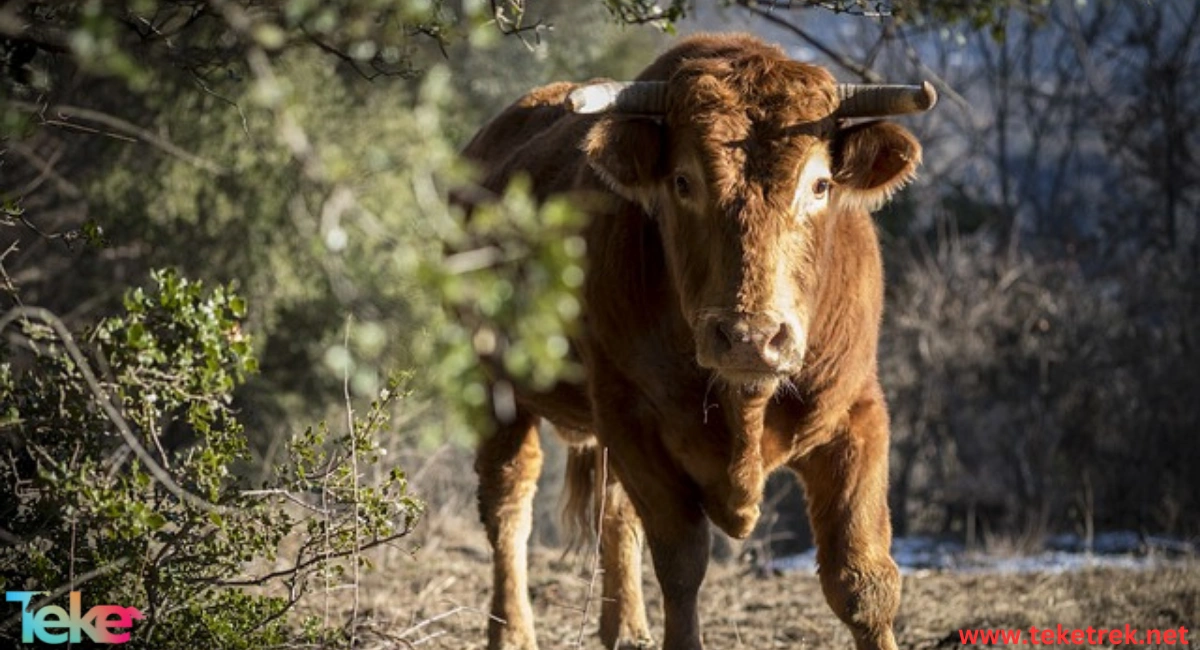Hoofed animals, as the name suggests, have had their fair share of it, distinguished from others by their hooves.
Below, we provide a detailed explanation of them on the TekeTrek website, including their definition, characteristics, types, and the most prominent examples of each type.
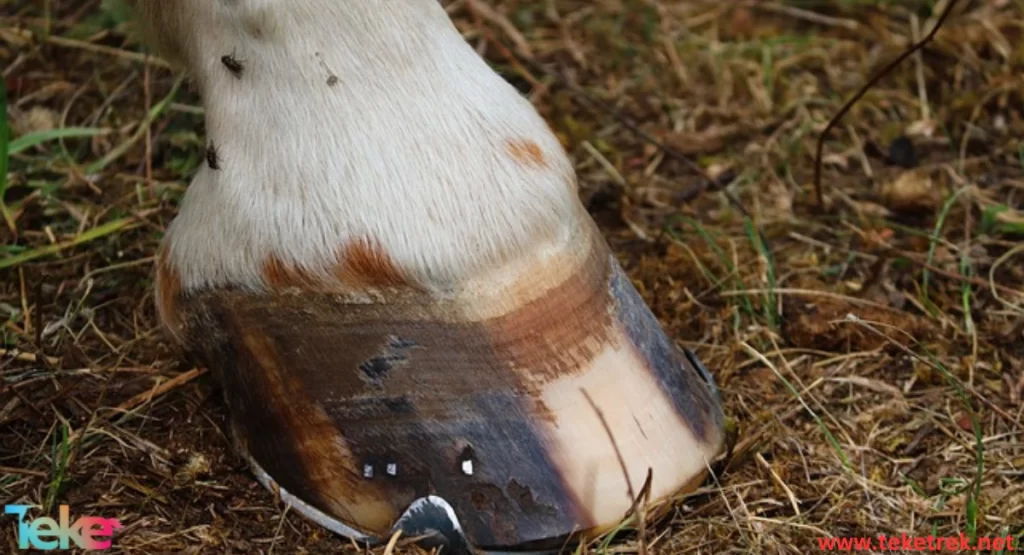
A brief overview of hoofed animals
- Hoofed animals, also known as ungulates, are a group classified under the mammalian subclass in animal taxonomy. In English, they are called “Ungulates” or “hoofed animals.” They are primarily divided into two groups: Perissodactyla and Artiodactyla.
- They are referred to as true ungulates to distinguish them from the subungulates, which consist of Proboscidea (elephants), Sirenia (manatees and dugongs), and Hyracoidea (hyraxes).
Characteristics of hoofed animals
- Hoofed animals are characterized by their long, slender, and robust front and hind limbs. Their walking hooves rest on the ground through specialized horny structures surrounded from the front by a thick horny layer called the hoof, hence the name ungulates.
- Over time, the number of toes in modern ungulates reduced to four or three toes, sometimes even two or one.
- Furthermore, it’s important to note that the canines of hoofed animals are usually reduced or absent, and their cheek teeth grow extensively to accommodate their primarily herbivorous diet.
The classification of hoofed animals
Hoofed animals are classified as odd-toed or even-toed due to the presence of an odd or even number of toes, which greatly resemble each other in terms of limbs, lifestyle, and diet. They are:
Perissodactyls:
- These are characterized by their horse-like appearance and usually have three toes on each limb. The middle toe grows more prominently than the second and first toes, while the rest are reduced. The body is supported and the limb axis passes through them. There are two main orders:
Equids:
- Consisting of horses, including zebras and asses, with the most prominent genus being Equus. This group has adapted for fast running, with the third toe noticeably developed. The second and fourth toes are undeveloped, while the first and fifth toes leave only a vestige.
- Humans have used them extensively for transportation and labor, with both asses and wild horses utilized for these purposes. Additionally, early humans hunted wild asses for their meat. The domestication of horses for riding dates back around 5000 years, with ancient civilizations like the Assyrians, Greeks, Romans, and Native Americans using them for chariot pulling.
- It’s worth mentioning that the Arabian horse, bred with other horses and mares, developed bloodlines used in racing and equestrian sports.
Tapirs:
- This group consists of tapirs with short tails and long snouts, including the tapir itself, and large, heavyset animals like the rhinoceros, exemplified by the current genus Rhinoceros.
- Notably, perissodactyls are not ruminants but herbivores with a simple stomach.
Artiodactyls:
- Artiodactyls, or even-toed ungulates, encompass most large herbivorous mammals. The axis of their limbs passes between the third and fourth toes, which represent the middle toes. The middle toes are similar in size, growth, and strength, and therefore, the body is supported by them. The second and fifth toes are usually reduced or weakly developed, or even absent.
- In modern genera, the first toe is usually missing, making the number of toes even, hence the name “even-toed.” Their evolution shows a tendency towards a decrease in the number of toes, with some species having only two toes. They are typically wild, except for the hippopotamus, which lives on land and swims in the water.
- Even-toed ungulates inhabit various environments, including forests, deserts, and mountainous regions, and often live in groups, with some species migrating regularly in search of food and shelter. There are two main orders:
Suidae:
- Consisting of pigs with short limbs and four toes, belonging to non-ruminant mammals. They have complete sets of teeth, but their tusks are elongated and often protrude from their mouths. Their bodies are covered with coarse hair. Prominent examples include the wild boar (Sus), which has a long snout ending in a flattened movable tip.
- Domestic pigs are also part of this group, raised for their inexpensive, prolific meat production. The female typically gives birth to six to eight piglets after a gestation period of 70 days.
- Furthermore, this group includes hippopotamuses, large aquatic mammals with thick skin and large heads. They have four-toed limbs, with eyes and nostrils positioned on the top of their heads, and short tails.
Ruminants:
- Characterized by the absence of upper incisors, as they use their lips to grasp food after swallowing it for the first time. Their stomachs are adapted for rumination and contain four chambers.
- The first chamber is called the rumen, which is large enough to hold the food moistened with the organism’s saliva. The second chamber, the reticulum, is lined with a network of tissues where the food, now formed into clumps, is sent from the rumen and then regurgitated back to the mouth for re-chewing.
- The third chamber, the omasum, contains many folds where the food, after being chewed again in the mouth, is sent. These three chambers are not part of the true stomach but are modifications of the esophagus. The fourth chamber, the abomasum, is the true stomach and secretes digestive juices.
- Ruminants have long, slender limbs with lateral toes, and most have sharp, hard horns on their heads, especially males. Prominent examples include:
Camelids:
- Such as camels, which may be single-humped or double-humped, and llamas without humps. They only have two toes that rest on a flexible pad on the back of the limbs, called the “pad.”
Deer Family (Cervidae):
- Including deer, elk, and antelope, characterized by branched antlers.
Giraffids:
- Such as giraffes, with long necks, elongated front limbs, and short horns.
Cattle:
- Including various breeds with hollow horns that develop in both males and females.
- Additionally, goats and sheep of various breeds are considered ruminants.
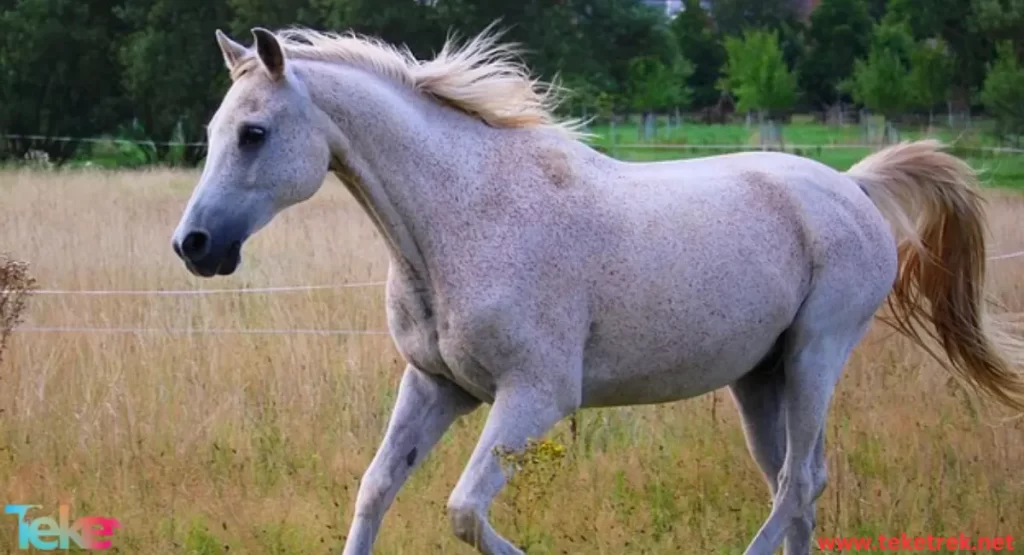
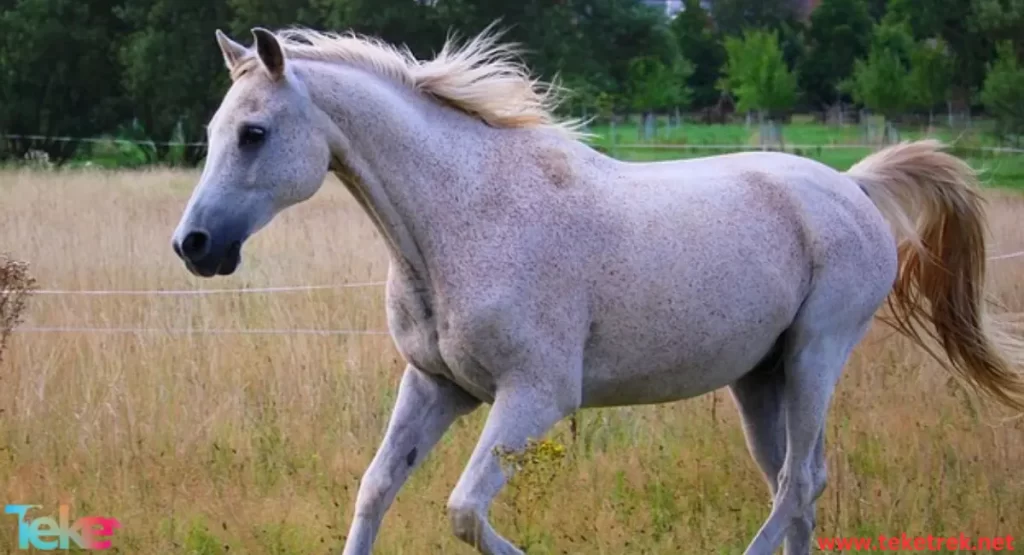
Common Questions
The most common questions about hoofed animals:
What are hoofed animals?
Hoofed animals are a group classified under the mammalian subclass, characterized by their long, slender, and robust front and hind limbs.
Which animals are odd-toed ungulates?
Odd-toed ungulates include Perissodactyls such as horses, including wild horses, and donkeys, as well as single-horned animals like rhinoceroses.
What’s the difference between odd-toed and even-toed ungulates?
Odd-toed ungulates have an odd number of toes, while even-toed ungulates have an even number of toes.
Does the elephant have hooves?
Yes, the elephant is a hoofed animal, and it has hooves.
- Briefly, hoofed animals are a group of mammals characterized by their long, slender, and strong front and hind limbs. They can be divided into two types: odd-toed and even-toed ungulates.
